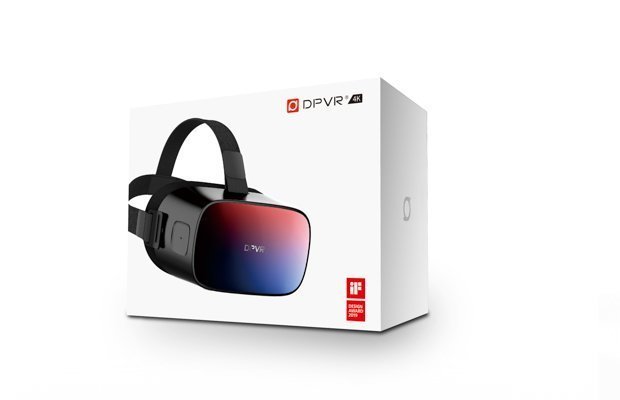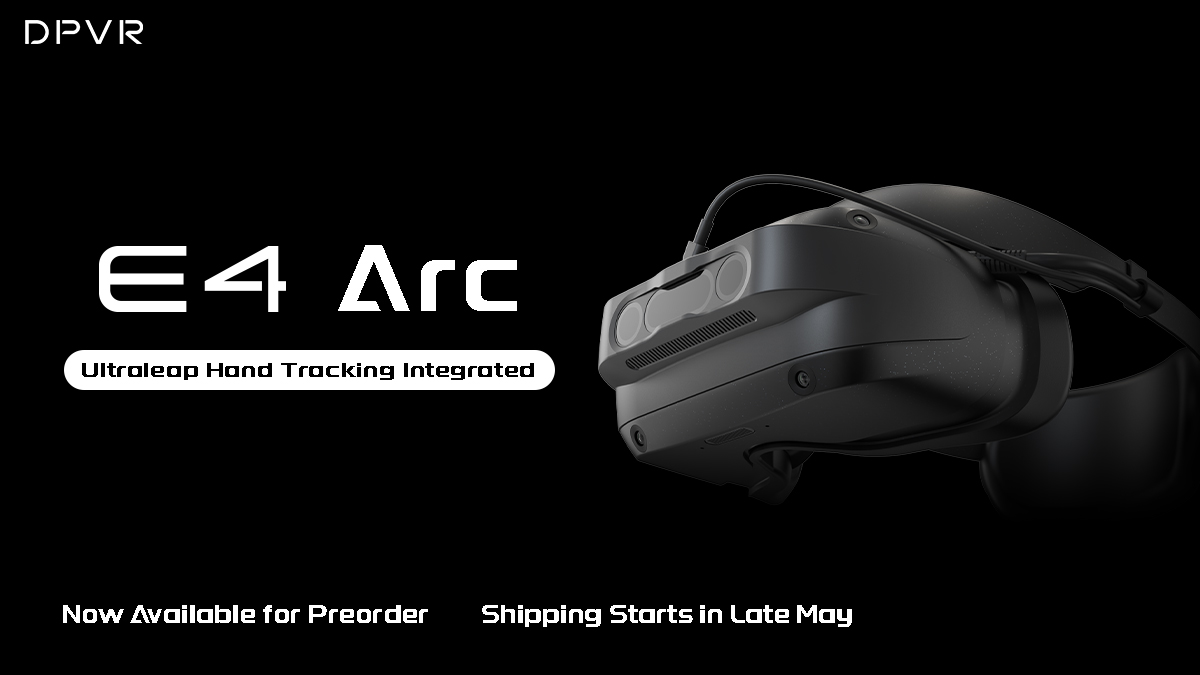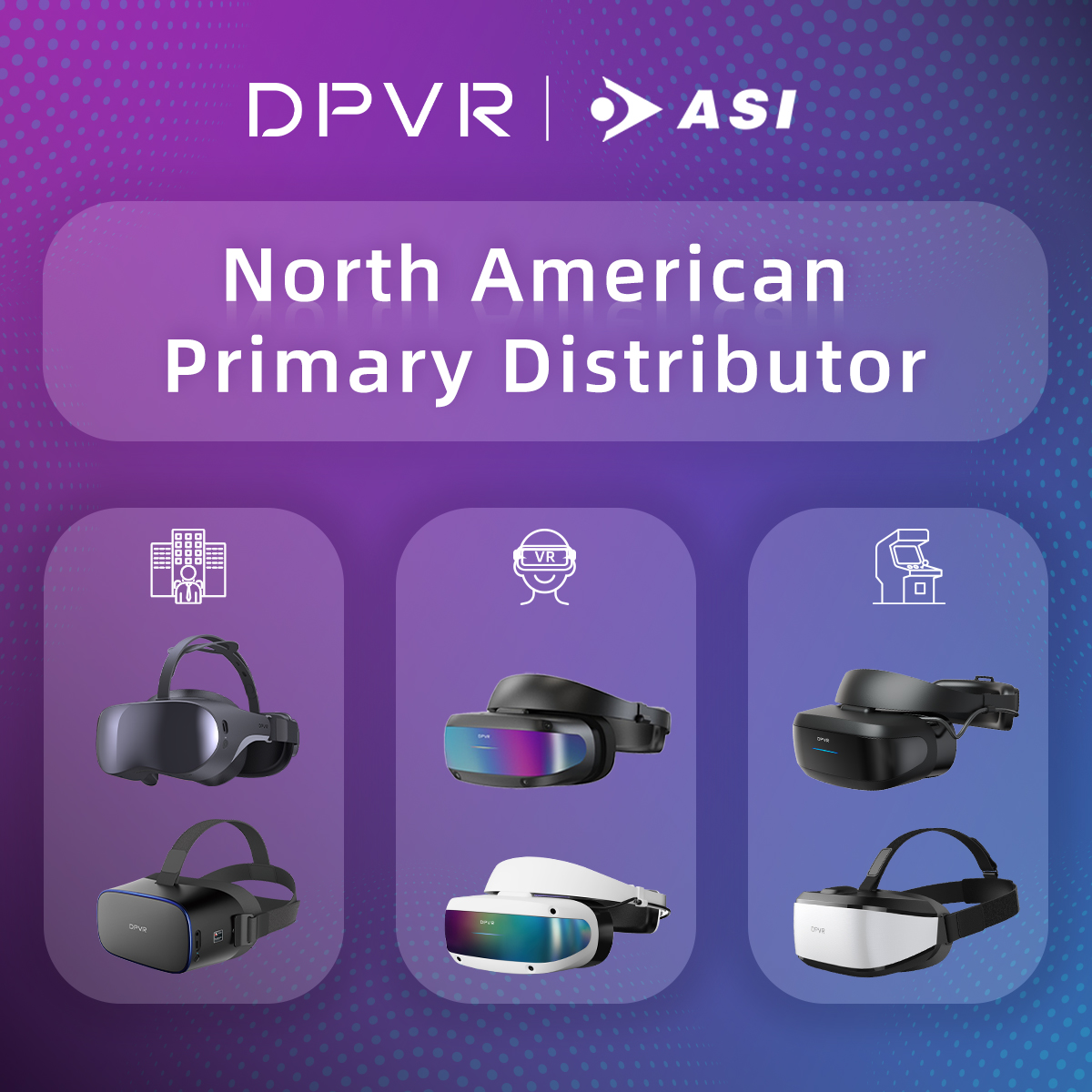Virtual reality used in a hospital



"Putting on the VR headset, you can clearly see the layout of the surgery, the position where doctors stand, the blood vessels, etc. Everything is so clear, even more clear than you standing by the doctor’s side. You won’t miss anything out about the surgeon. This helps medical students learn quickly and it is important to master the surgical skills from senior doctors."
Zhang Heng, a surgeon from Liyuan Hospital of Zhongda Hospital affiliated to Southeast University.
How did Shanghai Rujin Hospital use virtual reality?
Shanghai Rujin Hospital partnered with DPVR to give a group of medical students an immersive virtual reality training session using our P1 VR wireless headset during a live surgery. Traditionally, observing a surgery being conducted is an essential component in medical education. It can enable medical students to get first hand experience with a surgeon to gain practical knowledge to compliment what is taught in the classroom. However, it’s not always safe for patients and of course in an operating theatre you may only be able to fit a few students. The risk of having too many people in the surgery is quite large when it comes to infections, bacteria, noise and space.
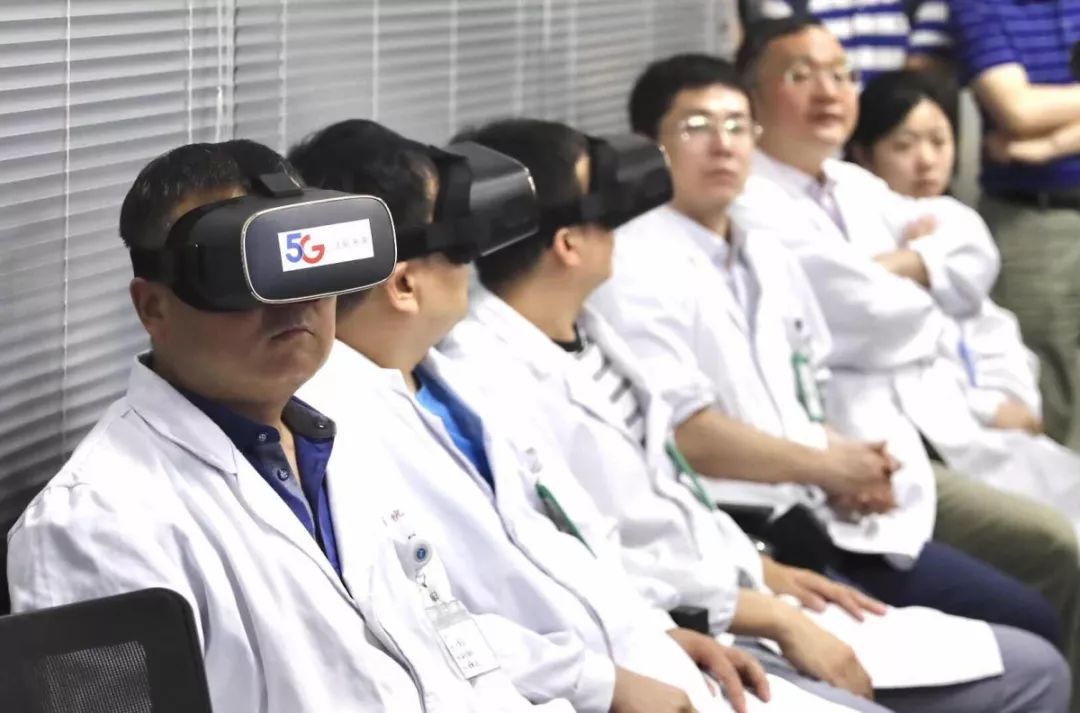
Using a wireless VR headset in a hospital
“We’re now in the duodenum, then we can see the cancer…”
In 2019, Professor Zheng Minhua, director of General Surgery, and his team performed a laparoscopic anterior resection for sigmoid colon and rectal cancer surgery on a 63-year-old female patient in Shanghai Ruijin Hospital.
A partnership was created with Professor Minhua together with DPVR, China Telecom, Huawei, and Invision. Ruijin Hospital wanted to explore the use of virtual reality headset technology to broadcast the surgery session to help train and educate its students. DPVR helped to customise the VR headsets using the P1 wireless model so that it could operate via 5G with 8K – this VR medical solution would mean for the first time students could have a panoramic 8K VR surgery broadcast live to them via the China Telecom 5G network.
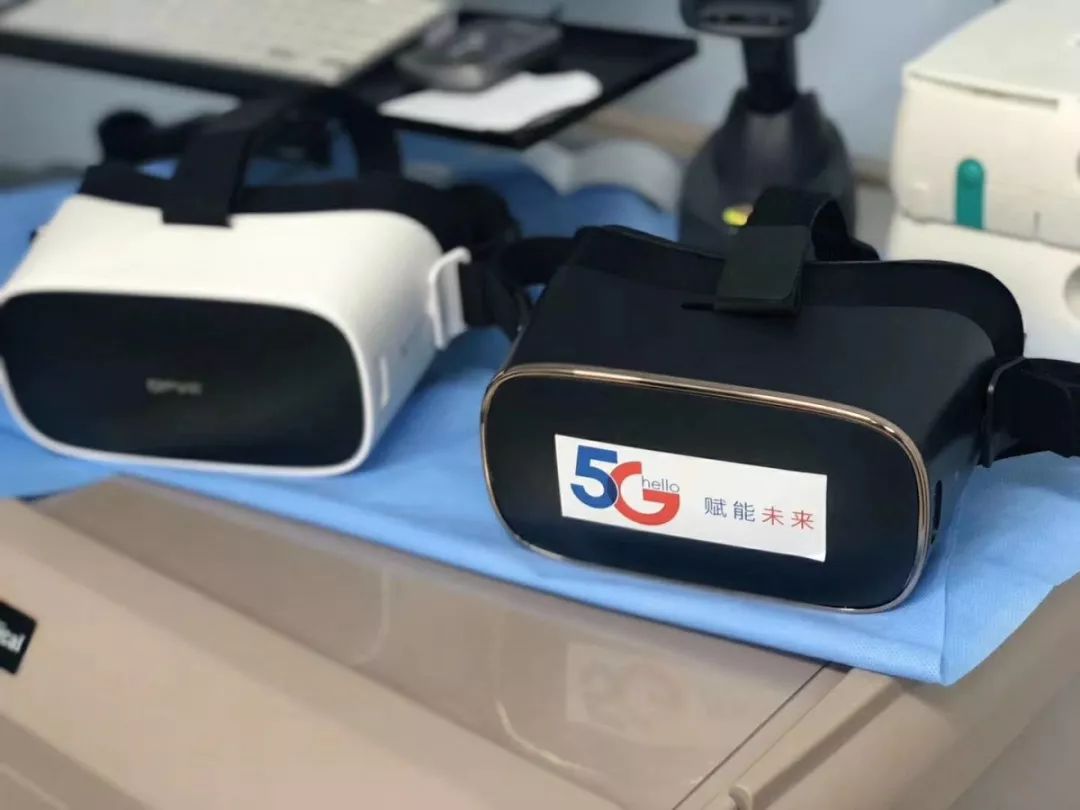
Using VR to train medical students in groups
Outside the operating room 20 medical students were wearing the custom made DPVR VR wireless headsets and could see every detail in the patient’s abdominal cavity as it they were performing the surgery. The incredibly high resolution screens in the VR headsets made sure that every small detail was crisp, clear and life-like. Instead of trying to look from behind people or crouching in the corner of an operating theatre, students could see everything as if they were standing over the patient.
This also meant a large group could all watch as they had their own personal wireless VR headset, that helps reduce the cost of training as many people can be covered at once.
DPVR also has software solutions that can enable group training sessions in a classroom environment. This means content can be streamed up to 50 people at a time with a training facilitator, lecturer or education professional providing instruction while all the students interact with the content via their VR headset.
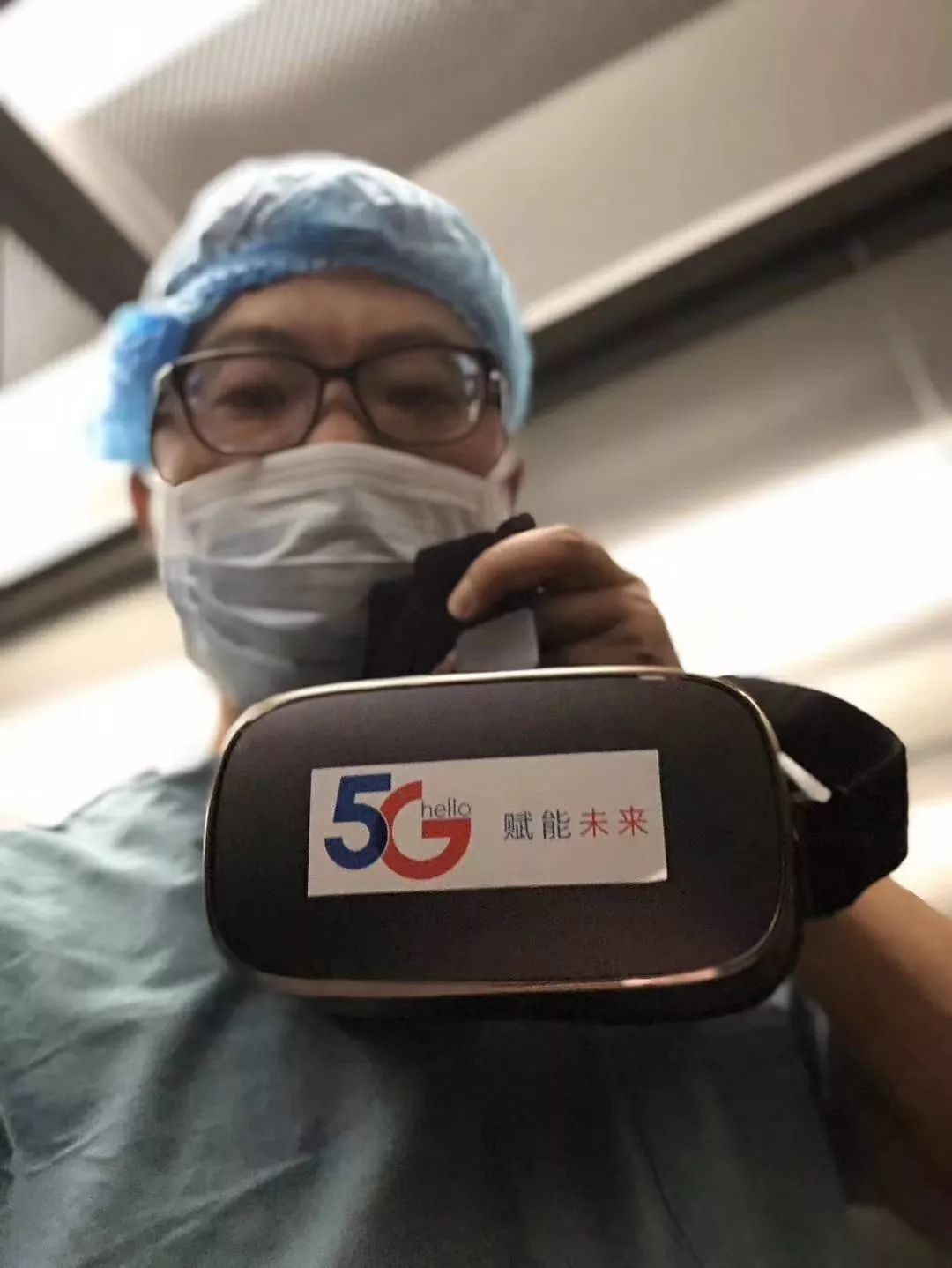
Virtual reality technology being used for medical purposes
DPVR collaborated very closely with China telecom to bring the 5G+ / 8K+VR solution to life & using this type of virtual reality for medical purposes is cutting edge application of this technology. This live stream of 5G + 4K/8K + VR surgery is the first successful case that has combined virtual reality and 5G technologies.
VR provides a modern and immersive teaching tool that can develop skills and give confidence to medical trainees. This case illustrates the potential of virtual reality as a training aid in orthopedics and advocates its usage in conjunction with traditional teaching techniques.
“What an incredible achievement I have just witnessed. To see our future surgeons get trained using the latest VR technology is just beyond words for me. It is pushing the boundaries of traditional teaching methods to help produce more confident medical students who can have even more practical experiences in a safe environment.
What’s more, by using virtual reality, these sessions can be kept and used for many other students in the future so it is also cost effective and impactful to medical education. This presents a promising new ecological capability."Derek Liu - VP Sales & Marketing
What VR hardware did the hospital university use?
To give people the best user experience possible the DPVR P1 Pro 4K virtual reality wireless headset was used. This is our IF Design Award winning flagship headset that delivers incredible 4K high resolution viewing.
The P1 Pro 4K is a wireless virtual reality headset that only weighs around 300 grams, so it is comfortable, light & easy to use while moving around freely.
With its adjustable headband and suitable use with glasses it can accommodate people who have all types of head or face shapes or sizes.
Customised virtual reality headset hardware
The DPVR team worked very closely with Invision, China Telecom and Huawei to customise the virtual reality headset hardware and software interface to suit this application.
Our team is able to do things like print the brand name on the faceplate, make changes to the menu visuals, create a bespoke user interface & even help design individual packaging.
It ensures that an agency, brand or supplier can present the VR headset as it requires to suit the brand execution.

